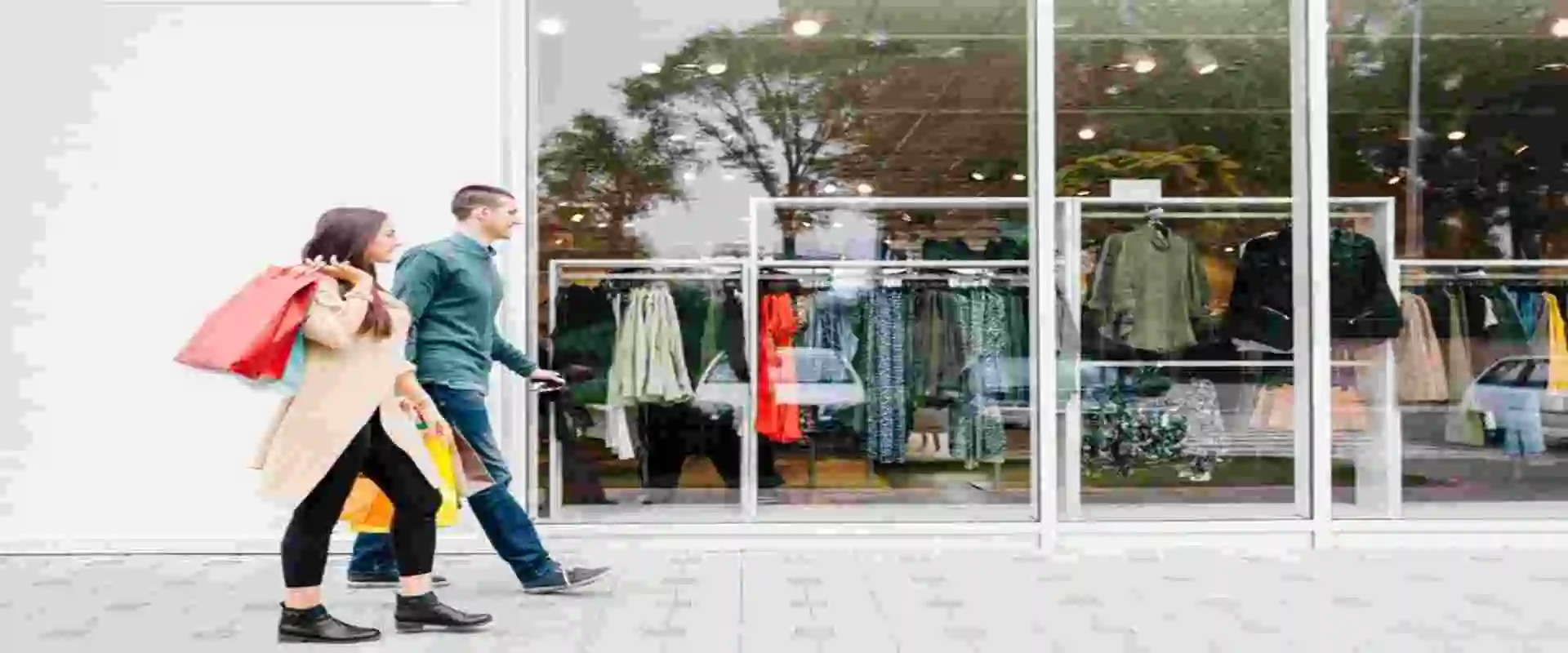Retail companies are increasingly focusing on retail space optimization to create captivating experiences for their customers. This trend underscores the growing importance of visual merchandising (VM), a strategic tool used to drive customer engagement, foster brand consistency, and boost sales. By combining elements of design, layout, and product placement, visual merchandising enables retailers to deliver memorable shopping experiences. However, achieving success in this area is fraught with challenges that demand meticulous planning, strategic execution, and adaptation to evolving consumer preferences. Below, we delve into the key challenges of visual merchandising and explore actionable solutions.
Table of Contents
What is Visual Merchandising?
Visual merchandising is a multifaceted discipline within the retail industry that focuses on enhancing the aesthetic appeal of a store’s interior and window displays to attract customers, drive sales, and create memorable shopping experiences. This art form combines elements of design, layout, branding, and product presentation to communicate a store’s unique identity and value proposition to consumers. However, as retailers and merchandisers navigate the complex world of retail, they encounter a plethora of challenges that require strategic solutions.
We have helped our retail clients address their challenges through smart analytics solutions and meaningful insights through our analytical tools and platform capabilities.
Request a DemoChallenges of Visual Merchandising in Retail
1. Limited Display Space
One of the primary challenges in visual merchandising is the lack of adequate display space in stores. With a growing range of products vying for attention, inventory management issues often lead to cluttered displays that detract from the shopping experience. Retailers must focus on retail space optimization to effectively showcase their offerings without overwhelming customers.
Solution:
- Implement vertical displays to maximize space.
- Prioritize high-margin or seasonal items in prime locations.
- Use modular shelving for flexibility in layout adjustments.
- Employ in-store traffic flow analytics to identify and optimize underutilized areas.
2. Budget Constraints
Budget limitations often restrict the ability to invest in premium props, advanced technology, and compelling designs. This impacts the overall visual appeal and inhibits creativity in seasonal merchandising challenges.
Solution:
- Adopt cost-effective technology integration in merchandising, such as digital signage and augmented reality (AR).
- Collaborate with vendors to negotiate favorable terms for materials and props.
- Use data analytics to measure the ROI on merchandising efforts and allocate resources strategically.
3. Conflicting Interests
Retailers often face conflicts among management, merchandisers, and sales staff over product placement strategies and display decisions. These disagreements can result in inconsistencies, undermining the effectiveness of visual merchandising.
Solution:
- Foster collaboration through clear communication and shared goals.
- Use data-driven insights to back decisions, ensuring alignment across teams.
- Train staff to understand the importance of brand consistency and its role in driving sales.
4. Risk of Security
Theft and vandalism are persistent risks in retail environments, particularly in stores with open displays. Ensuring the security of products while maintaining a visually appealing layout is a challenging balancing act.
Solution:
- Incorporate discreet security measures, such as cameras and tags, into the display design.
- Position high-value items in secure areas without compromising visual appeal.
- Use technology like RFID tracking to monitor inventory in real time.
5. Market Trends Adaptation
Rapidly changing market trends and evolving consumer buying behavior pose significant challenges for retailers. Keeping displays relevant while catering to diverse customer preferences can be overwhelming, especially for global brands dealing with cultural differences in display preferences.
Solution:
- Stay informed about industry trends and emerging consumer demands.
- Use predictive analytics to forecast seasonal merchandising challenges and adapt accordingly.
- Customize displays based on regional preferences while maintaining overarching brand consistency.
Experience the advantages firsthand by testing a customized complimentary pilot designed to address your specific requirements. Pilot studies are non-committal in nature.
Request a free pilot
Overcoming Challenges: Proactive Strategies
Addressing these challenges requires a blend of creativity, technology, and strategic planning. Here are five effective ways to enhance visual merchandising outcomes:
1. Leverage Data-Driven Insights
Analyzing customer behavior, foot traffic patterns, and sales data can provide valuable insights into what works and what doesn’t. For example, heatmaps can help retailers identify high-traffic areas for strategic product placement.
2. Prioritize Staff Training
Comprehensive training programs can equip employees with the skills to maintain displays and understand the importance of brand consistency. Encouraging staff to share ideas can also lead to innovative solutions.
3. Embrace Technology
Tools like AR, interactive displays, and digital signage can elevate the shopping experience. Technology also enables retailers to adapt displays in real time, catering to seasonal merchandising challenges and promotions.
4. Focus on Sustainability
Incorporating sustainable practices, such as reusable props and energy-efficient lighting, can reduce costs and align with consumer expectations for eco-friendly shopping environments.
5. Monitor ROI
Use data analytics to evaluate the effectiveness of merchandising efforts. Understanding the ROI helps in optimizing budgets and refining strategies for better results.
Conclusion
Effective visual merchandising goes beyond aesthetics—it’s a critical driver of customer engagement, sales, and brand loyalty. By addressing challenges like budget constraints, inventory management issues, and market trends adaptation, retailers can create immersive environments that resonate with customers. Moreover, aligning merchandising efforts with emerging trends and technologies ensures sustained success in a competitive retail landscape.
Experience the transformative power of analytics-driven solutions in tackling visual merchandising challenges.
Start your trial now




